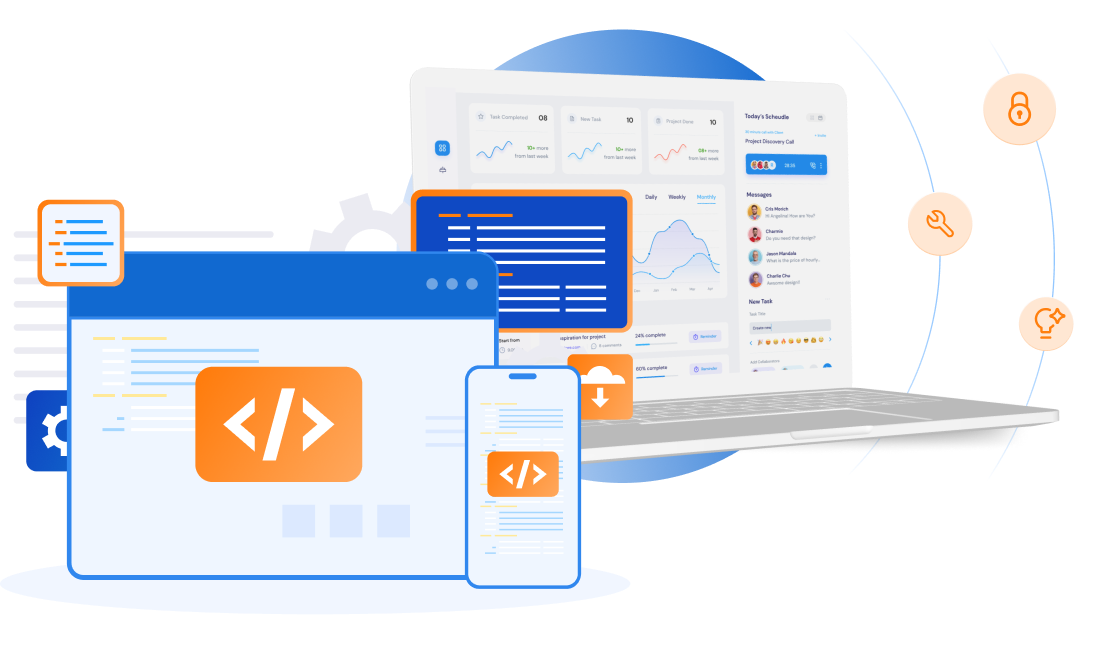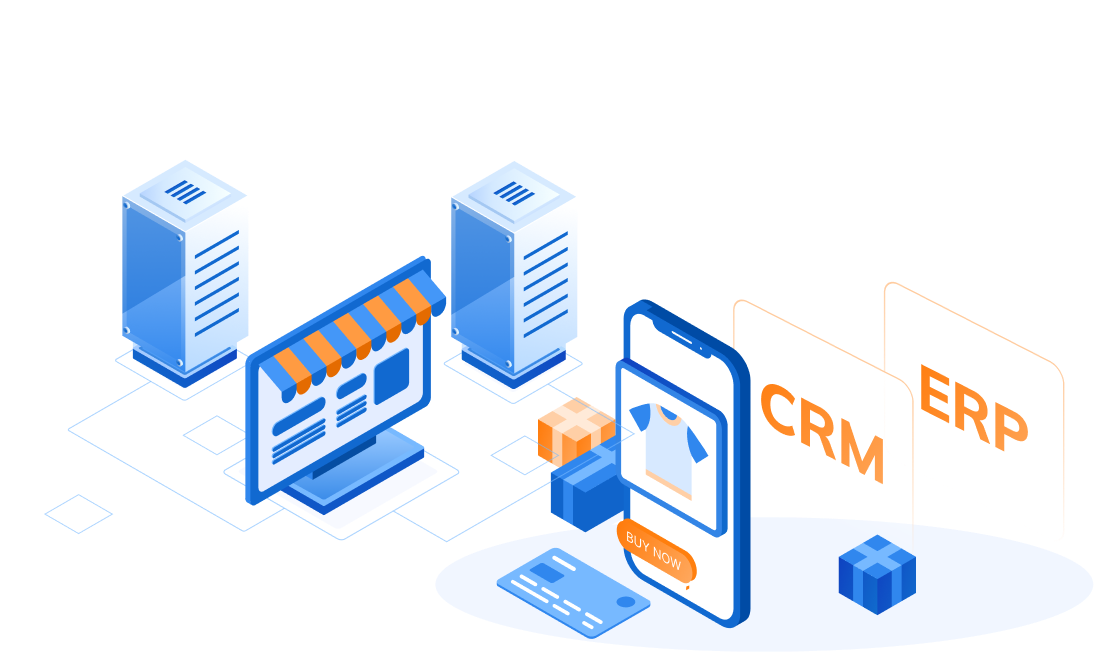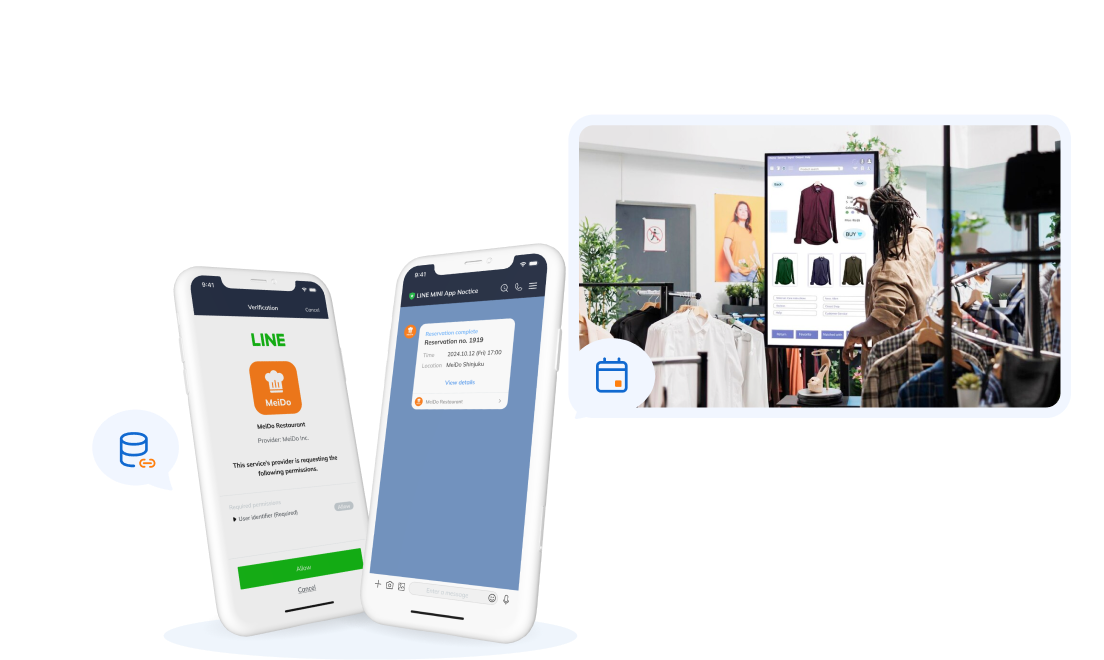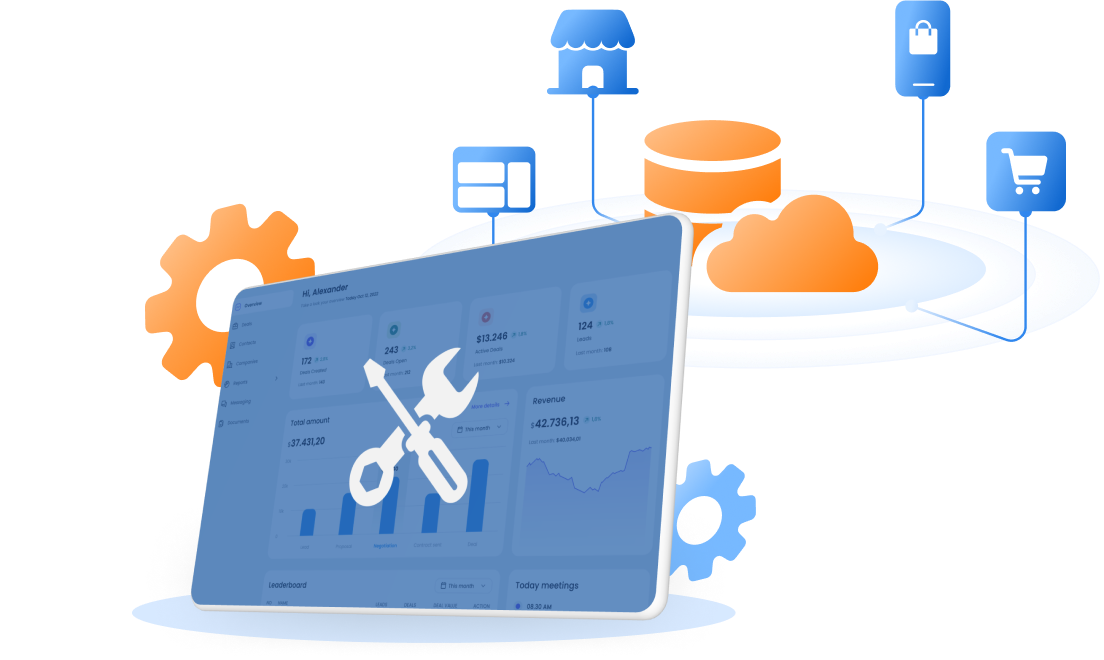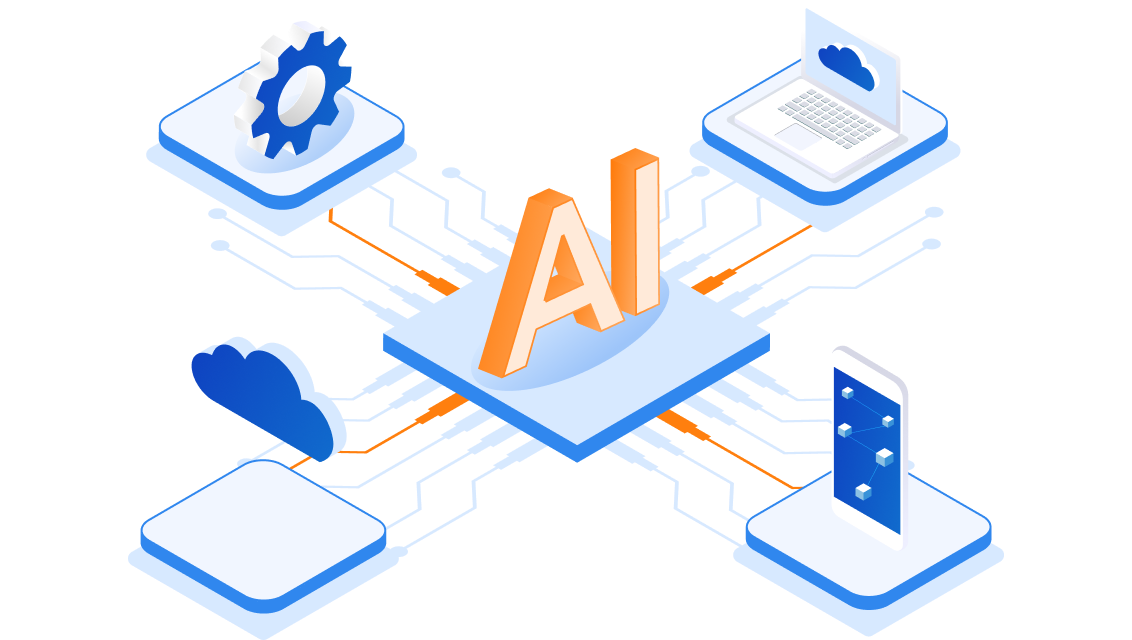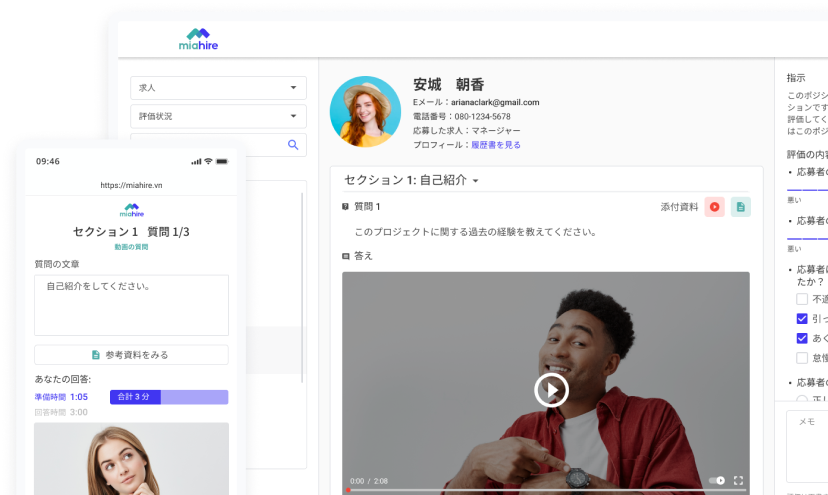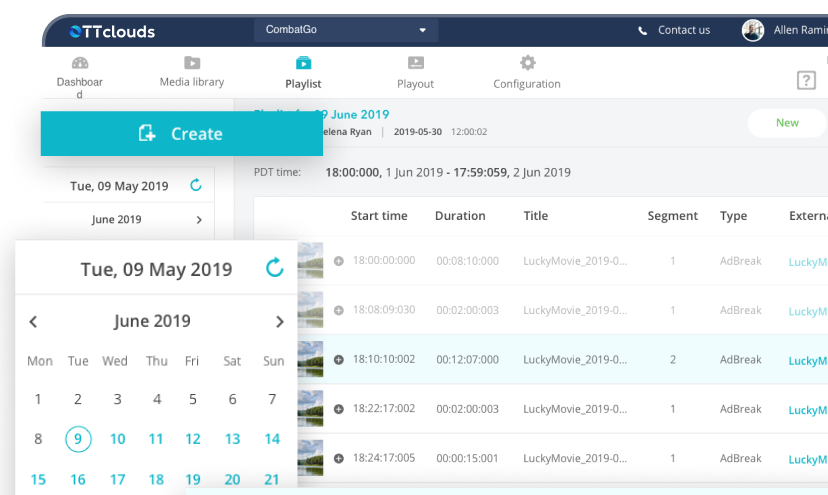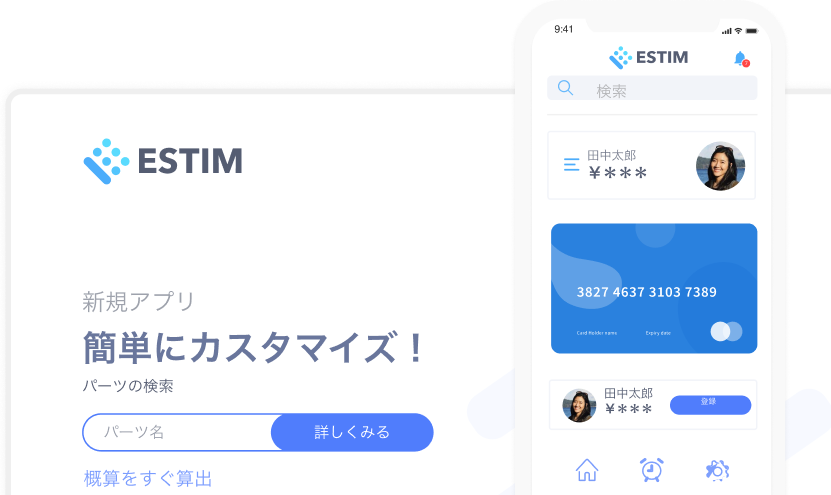How to change development team members while continuously improving apps
12/06/2023
1.04k
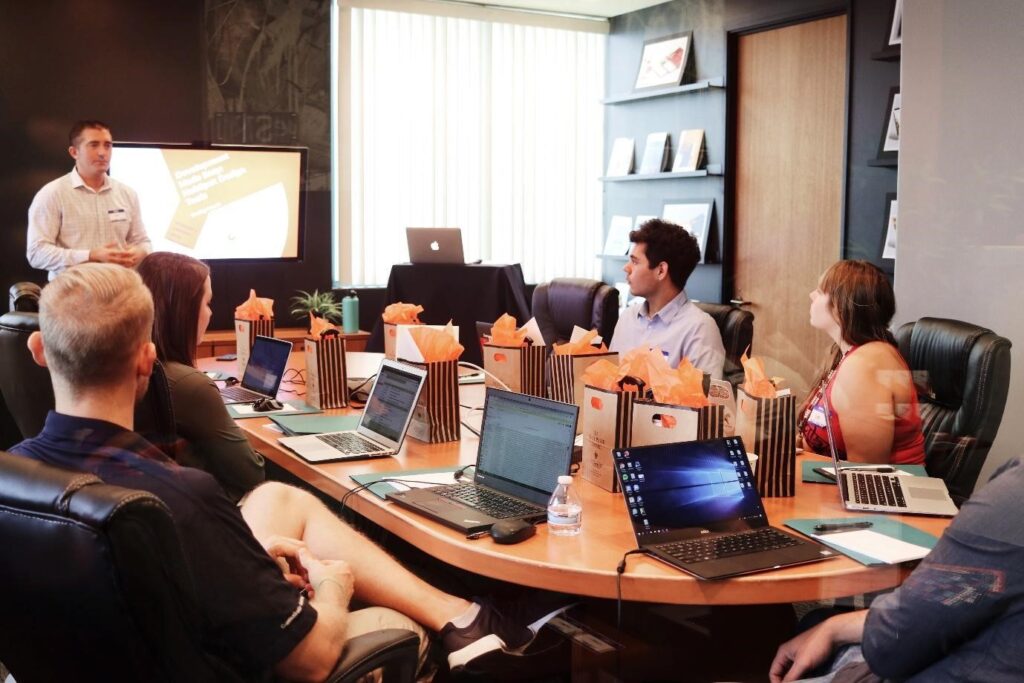
The one constant thing in life is change, and your software development project is not immune. Even if you think you have everything planned out and have covered all the bases, some circumstances are inevitable. One of the unforeseen circumstances could be needing to change your development team members when the project is already underway.
Changing development team members can be scary and overwhelming because they are a fundamental part of the project and know it like the back of their hands. In addition, changing teams comes at a financial cost. You may have already paid your current team, which was relatively cheap compared to other companies in the same niche. Other teams might have different hourly rates and conditions they want to be met before they get signed on, which you did not plan for financially.
The good news is that it is common to switch development teams while continuously improving apps. In fact, a study by the Tech Research Group found that satisfaction rose by 80% after dissatisfied clients changed development teams. Furthermore, over half of the organizations included in the study reported a satisfaction rate of over 60%. So, it can be done and may even turn out better than expected.
However, you can only succeed in changing development teams if you do it cautiously and thoroughly.
This article will discuss everything you need to consider to ensure a seamless and painless change to your development teams while continuously improving your apps.
1. Have all the relevant documentation

Before you relieve the former development team members of their duties, you need to ensure that they hand over all relevant documentation regarding your apps. For example, they need to hand over passwords, screen recordings, and any information regarding features, both executed and planned.
Briefly, these are the documentation types you need your old development team to hand over:
- Product description and structure: For your new team to have a deeper understanding of the app, they need an intimate knowledge of the software and tech stack they require and an accurate estimate of the necessary resources to finish the IT solution.
- Establish the ecosystem: Make sure you have a set of instructions that enable a new team to install an application on their hardware. For this, your team requires the source code, a set-up database, and preferably a Docker file.
- CI/CD infrastructure: To prevent system failures and minor errors and automate the software delivery process, continuous deployment and continuous delivery infrastructure are essential.
If you’re reading this article and are yet to start on a project, you need to know how crucial record-keeping is to the success of your app. Your development team needs to be transparent and keep readable and clear documentation of the entire process from inception.
2. Develop a roadmap for execution
Before you build anything tangible, you need a proper roadmap to guide you along the way and define what shape the development process will take. A road map will show you what needs to be done at each stage, who will do it, in what order everything needs to happen and timelines for execution. Without a proper roadmap, chaos can ensue, such as the duplication of processes which wastes time and resources.
A comprehensive road map helps the current team and prepares you for possible changes in the development team. The transition will be smooth and quick if the worst comes to the worst, and you decide to go with a different development team.
A roadmap for a software development project is like a plan for any other business idea, as you will see below.
This is what you need to consider when you are preparing a comprehensive roadmap for execution:
- Analyze the industry and the domain
- Assess the product and consider the problems it resolves for the clients
- Define the strategy and identify its core components
- Divide, delegate and conquer
- Assess the risks and look for opportunities to eliminate or mitigate them
- Validate the roadmap
3. Verify that you own the code

This is a common dilemma in software development, especially for first-time clients who need an app built. They tend to automatically assume that they automatically own any code used to develop their app. Unfortunately, this is only sometimes the case. In some cases, the developer can choose to retain ownership of the code. In such a scenario, changing development teams can be risky because you will need to get a license confirming who owns the code.
Before your development team begins any work, ensure you sign a contract clearly defining the code ownership. If you own the code for your app, it’s easier to transition between development teams without any legal or financial ramifications.
4. Get access to third-party services
App development is no small feat: in many cases, your development team will employ the services of third-party companies and projects to create your app and include different features and updates. To do this, they may use their accounts to make payments and access multiple servers.
All this information should be shared with the new development team so that they don’t have to start from scratch and experience delays in setting up and verifying. There is also the option of creating a separate account you own, and different teams sign in depending on who is working for you at the time.
These are some third-party services you will need access to:
- Source Code Management (SCM) systems such as Git
- Analytics tools
- File hosting, like AWS
- Development services
- DNS services
5. Know your app development specifications
If you are not tech-savvy, knowing the specifications of your app can seem confusing and complicated. However, it would serve you to learn more than the business and marketing aspects of your project. In addition, you need to know more about your IT solution so that the process may be easier and quicker if you have to transition to another development team.
Specifics to know about your product:
Project Management method
Development teams use different project management methods to build an app, the most common being Agile and Scrum. Knowing which project management method the former team used will save your new team time because they have no reason to change it if it worked perfectly. On the other hand, they know to try different options if it could bring better results.
Tech stack
The same goes for your technology stack. Your new team decides which tech stack is best for your project based on their findings, experience, and expertise. However, knowing what option the former team used will ensure they aren’t starting from scratch. In addition, if you know the tech stack used, you can look for developers with specific experience and hard skills working with that particular stack.
6. Keep the code clean

At any point in the app improvement process, you need to ensure that your code is clean and readable. As skilled as the developers you hire might be, they are not resistant to making mistakes. Therefore, it would help if you kept an eye on their work and regularly checked the code for issues like overcrowding a function because this can cause several bugs and errors.
Thankfully, several applications and software tools on the market can help you check the consistency and logical flow of your code. Before you switch development teams as you update your app, ensure that the code is clean and easy to understand. Otherwise, you risk creating problems for your new team that they may need to learn how to solve.
7. Be cordial, polite and professional
Changing development teams is not easy, especially because it means you are letting go of one team in preference for another. Before you let go of your team, have a meeting with them to explain why you need a change and tell them you appreciate how far they have brought the project. It would be best to end your relationship on good terms because you might need them again for a different project or even to clarify a few things on the current project.
If you are lucky, the old team can take a few days off to induct the new team and catch them up on everything they’ve done up until they were relieved of their duties.
On the other hand, when it comes to the new development team, be patient and honest and keep the lines of communication open until they are comfortable and up to speed on everything.
Wrapping up
Changing development teams while improving your app doesn’t have to be risky and intimidating. On the contrary, you can get the best results by going in a different direction regarding team members.
Are you in the process of improving your app and need a new development team? Check out Supreme Tech. We are an outsourcing IT company focusing on mobile and web apps for English-speaking clients. We build the products using the agile methodology based on the client’s demands and maintain them.


